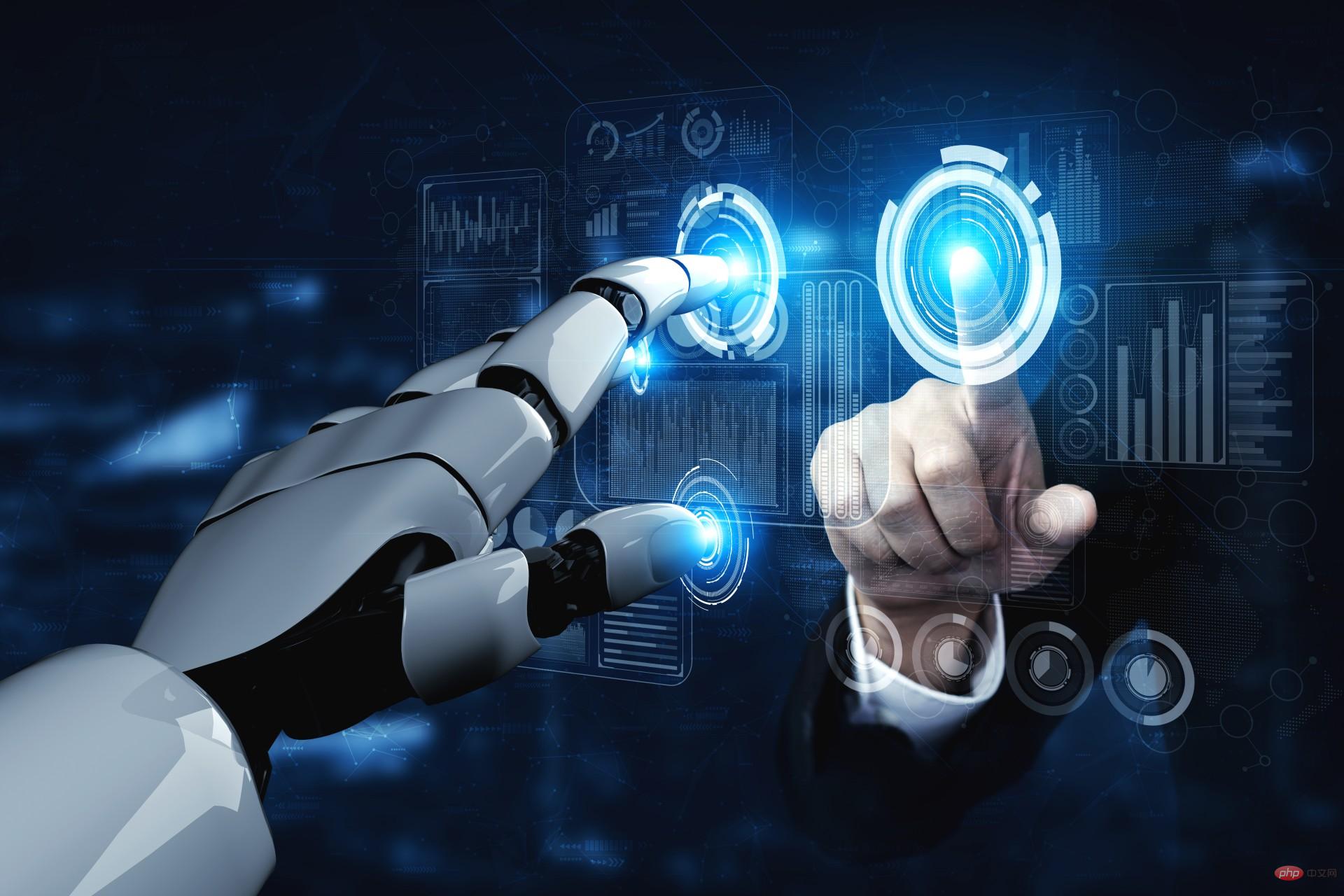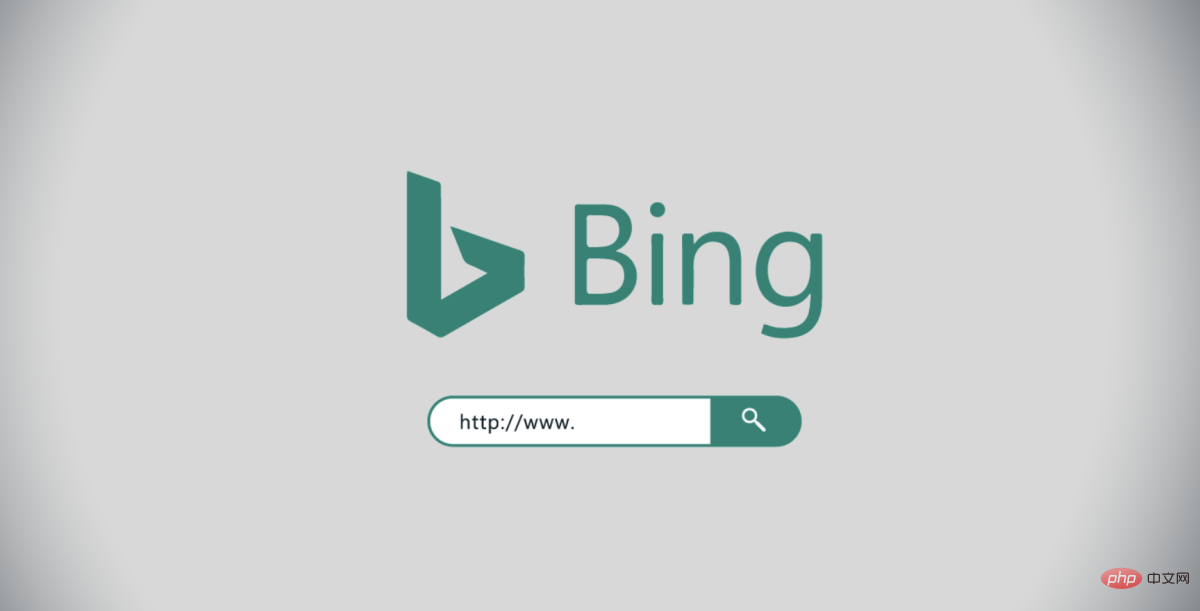Large-scale language models (LLM) have the ability to generate smooth and coherent text, bringing new prospects to fields such as artificial intelligence dialogue and creative writing. However, LLM also has some key limitations. First, their knowledge is limited to patterns recognized from training data, lacking a true understanding of the world. Second, reasoning skills are limited and cannot make logical inferences or fuse facts from multiple data sources. When faced with more complex and open-ended questions, LLM's answers may become absurd or contradictory, known as "illusions." Therefore, although LLM is very useful in some aspects, it still has certain limitations when dealing with complex problems and real-world situations.
To bridge these gaps, retrieval-augmented generation (RAG) systems have emerged in recent years. The core idea is to provide context to LLM by retrieving relevant knowledge from external sources in order to make more informed decisions. Reaction. Current systems mostly use semantic similarity of vector embeddings to retrieve passages, however, this approach has its own shortcomings, such as lack of true correlation, inability to aggregate facts, and lack of inference chains. The application fields of knowledge graphs can solve these problems. Knowledge graph is a structured representation of real-world entities and relationships. By encoding the interconnections between contextual facts, knowledge graphs overcome the shortcomings of pure vector search, and graph search enables complex multi-level reasoning across multiple information sources.
The combination of vector embedding and knowledge graph can improve the reasoning ability of LLM and enhance its accuracy and interpretability. This partnership perfectly blends surface semantics with structured knowledge and logic, enabling LLM to apply statistical learning and symbolic representation simultaneously.
 Picture
Picture
1. Limitations of vector search
Most RAG systems search through paragraphs in a document collection Vector search to find the context of LLM. There are several key steps in this process.
- #Text encoding: The system uses an embedding model like BERT to encode text from paragraphs in the corpus into vector representations. Each article is compressed into a dense vector to capture the semantics.
- Indexing: These channel vectors are indexed in a high-dimensional vector space to enable fast nearest neighbor searches. Popular methods include Faiss and Pinecone, among others.
- Query encoding: The user’s query statement is also encoded into a vector representation using the same embedding model.
- Similarity search: A nearest neighbor search is run across the indexed paragraphs to find the paragraph closest to the query vector based on a distance metric (such as cosine distance).
- Return paragraph results: Return the most similar paragraph vector, extract the original text to provide context for LLM.
This pipeline has several major limitations:
- The channel vector may not fully capture the semantics of the query Intentional,embeddings cannot represent certain inferential connections and,important context ends up being ignored.
- Compressing an entire paragraph into a single vector will lose nuance, and key relevant details embedded in the sentence will become blurred.
- Matching is done independently for each paragraph, there is no joint analysis across different paragraphs, and there is a lack of connecting facts and arriving at answers that need to be summarized.
- The ranking and matching process is opaque, with no transparency to explain why certain passages are deemed more relevant.
- Only semantic similarity is encoded, not content representing relationships, structures, rules and other different connections between them.
- A single focus on semantic vector similarity leads to a lack of real understanding in retrieval.
#As queries become more complex, these limitations become increasingly apparent in the inability to reason about what is retrieved.
2. Integrate the knowledge graph
The knowledge graph is based on entities and relationships, transmits information through interconnected networks, and improves performance through complex reasoning Search capabilities.
- Explicit facts, facts are captured directly as nodes and edges rather than compressed into opaque vectors, which preserves critical details.
- Context details, entities contain rich attributes, such as descriptions, aliases and metadata that provide key context.
- The network structure expresses the real connections, capture rules, hierarchies, timelines, etc. between relationship modeling entities.
- Multi-level reasoning is based on relationship traversal and joining facts from different sources to derive answers that require reasoning across multiple steps.
- Federated reasoning links to the same real-world objects through entity resolution, allowing for collective analysis.
- Interpretable correlation, graph topology provides a transparency that can explain why certain basedonconnectedfacts are correlated of.
- Personalization, capturing user attributes, context and historical interactions to tailor results.
#The knowledge graph is not just a simple match, but a process of traversing the graph to collect contextual facts related to the query. Interpretable ranking methods leverage the topology of graphs to improve retrieval capabilities by encoding structured facts, relationships, and context, thereby enabling accurate multi-step reasoning. This approach provides greater correlation and explanatory power relative to pure vector searches.
3. Using simple constraints to improve the embedding of knowledge graphs
Embedding knowledge graphs in continuous vector spaces is a current research hotspot. Knowledge graphs use vector embeddings to represent entities and relationships to support mathematical operations. Additionally, additional constraints can further optimize the representation.
- Non-negativity constraints, restricting entity embeddings to positive values between 0 and 1 lead to sparsity, explicitly model their positive properties, and improve Interpretability.
- Implication constraints directly encode logical rules such as symmetry, inversion, and composition into relationship-embedded constraints to enforce these patterns.
- Confidence modeling, soft constraints with slack variables can encode the confidence of logical rules based on evidence.
- Regularization, which imposes a useful inductive bias, only adds a projection step without making the optimization more complex.
- Interpretability, structured constraints provide transparency to the patterns learned by the model, which explains the inference process.
- Accuracy, constraints improve generalization by reducing the hypothesis space to a representation that meets the requirements.
Simple and universal constraints are added to the embedding of the knowledge graph, resulting in a more optimized, easier to interpret and logically compatible representation. Embeddings obtain inductive biases that mimic real-world structures and rules without introducing much additional complexity for more accurate and interpretable reasoning.
4. Integrate multiple reasoning frameworks
Knowledge graph requires reasoning to derive new facts, answer questions, and make predictions. Different technologies have complementary advantages. :
Logical rules express knowledge as logical axioms and ontology, conduct reasonable and complete reasoning through theorem proof, and realize limited uncertainty processing. Graph embedding is an embedded knowledge graph structure used for vector space operations, which can handle uncertainty but lacks expressivity. Neural networks combined with vector lookups are adaptive, but the inference is opaque. Rules can be automatically created through statistical analysis of graph structure and data, but the quality is uncertain. Hybrid pipelines encode explicit constraints through logical rules, embeddings provide vector space operations, and neural networks gain the benefits of fusion through joint training. Use case-based, fuzzy or probabilistic logic methods to increase transparency, express uncertainty and confidence in rules. Extend knowledge by embodying inferred facts and learned rules into graphs, providing a feedback loop.
The key is to identify the types of inference required and map them to the appropriate techniques. A composable pipeline that combines logical forms, vector representations, and neuronal components provides robustness and scalability. interpretive.
4.1 Maintaining information flow for LLM
Retrieving facts in the knowledge graph for LLM introduces information bottlenecks that require design to maintain relevance. Breaking content into small chunks improves isolation but loses surrounding context, which hinders reasoning between chunks. Generating block summaries provides more concise context, with key details condensed to highlight meaning. Attach summaries, titles, tags, etc. as metadata to maintain context about the source content. Rewriting the original query into a more detailed version can better target the retrieval to the needs of the LLM. The traversal function of the knowledge graph maintains the connection between facts and maintains context. Sorting chronologically or by relevance can optimize the information structure of the LLM, and converting implicit knowledge into explicit facts stated for the LLM can make reasoning easier.
The goal is to optimize the relevance, context, structure, and explicit expression of retrieved knowledge to maximize reasoning capabilities. A balance needs to be struck between granularity and cohesion. Knowledge graph relationships help build context for isolated facts.
4.2 Unlocking reasoning capabilities
The combination of knowledge graphs and embedded technology has the advantage of overcoming each other's weaknesses.
Knowledge graph provides a structured expression of entities and relationships. Enhance complex reasoning capabilities through traversal functions and handle multi-level reasoning; embedding encodes information for similarity-based operations in vector space, supports effective approximate search at a certain scale, and surfaces potential patterns. Joint encoding generates embeddings for entities and relationships in knowledge graphs. Graph neural networks operate on graph structures and embedded elements via differentiable message passing.
The knowledge graph first collects structured knowledge, and then embeds search and retrieval focused on related content. Explicit knowledge graph relationships provide interpretability for the reasoning process. Inferred knowledge can be extended to graphs, and GNNs provide learning of continuous representations.
This partnership can be recognized by patterns! The scalability of forces and neural networks enhances the representation of structured knowledge. This is key to the need for statistical learning and symbolic logic to advance linguistic AI.
4.3 Use collaborative filtering to improve search
Collaborative filtering uses the connections between entities to enhance search. The general process is as follows:
- Construct a knowledge graph in which nodes represent entities and edges represent relationships.
- Generate an embedding vector for certain key node attributes (such as title, description, etc.).
- Vector Index - Constructs a vector similarity index for node embeddings.
- Nearest Neighbor Search - For a search query, find nodes with the most similar embeddings.
- Collaborative Adjustment — Based on node connections, similarity scores are propagated and adjusted using algorithms such as PageRank.
- Edge weight - Adjust the weight according to edge type, strength, confidence, etc.
- Score Normalization—Normalizes adjusted scores to maintain relative ranking.
- Results reordered - Initial results reordered based on adjusted collaboration scores.
- User context - further tuned based on user profile, history and preferences.
 Pictures
Pictures
5. Fuel the RAG engine - data flywheel
Build a continuous Improved high-performance retrieval augmentation generation (RAG) systems may require the implementation of a data flywheel. Knowledge graphs unlock new reasoning capabilities for language models by providing structured world knowledge. However, constructing high-quality maps remains challenging. This is where the data flywheel comes in, continuously improving the knowledge graph by analyzing system interactions.
Record all system queries, responses, scores, user actions and other data, provide visibility into how to use the knowledge graph, use data aggregation to surface bad responses, cluster and analyze these responses , to identify patterns that indicate gaps in knowledge. Manually review problematic system responses and trace issues back to missing or incorrect facts in the map. Then, modify the chart directly to add those missing factual data, improve structure, increase clarity, and more. The above steps are completed in a continuous loop, and each iteration further enhances the knowledge graph.
Streaming real-time data sources like news and social media provide a constant flow of new information to keep the knowledge graph current. Using query generation to identify and fill critical knowledge gaps is beyond the scope of what streaming provides. Find holes in the graph, ask questions, retrieve missing facts, and add them. For each cycle, the knowledge graph is gradually enhanced by analyzing usage patterns and fixing data problems. The improved graph enhances the performance of the system.
This flywheel process enables knowledge graphs and language models to co-evolve based on feedback from real-world use. Maps are actively modified to fit the needs of the model.
In short, the data flywheel provides a scaffold for the continuous and automatic improvement of the knowledge graph by analyzing system interactions. This powers the accuracy, relevance, and adaptability of graph-dependent language models.
6. Summary
Artificial intelligence needs to combine external knowledge and reasoning, which is where the knowledge graph comes in. Knowledge graphs provide structured representations of real-world entities and relationships, encoding facts about the world and the connections between them. This allows complex logical reasoning to span multiple steps by traversing those interrelated facts
However, knowledge graphs have their own limitations, such as sparsity and lack of uncertainty Processing, this is where graph embedding helps. By encoding knowledge graph elements in vector space, embeddings allow statistical learning from large corpora to representations of latent patterns, and also enable efficient similarity-based operations.
Neither knowledge graphs nor vector embeddings by themselves are sufficient to form human-like language intelligence, but together they provide an effective combination of structured knowledge representation, logical reasoning and statistical learning. While knowledge graphs cover symbolic logic and relationships above the pattern recognition capabilities of neural networks, technologies like graph neural networks further unify these methods through information transfer graph structures and embeddings. This symbiotic relationship enables the system to utilize both statistical learning and symbolic logic, combining the advantages of neural networks and structured knowledge representation.
There are still challenges in building high-quality knowledge graphs, benchmark testing, noise processing, etc. However, hybrid technologies spanning symbolic and neural networks remain promising. As knowledge graphs and language models continue to develop, their integration will open up new areas of explainable AI.
The above is the detailed content of Knowledge graph: the ideal partner for large models. For more information, please follow other related articles on the PHP Chinese website!
 2023年机器学习的十大概念和技术Apr 04, 2023 pm 12:30 PM
2023年机器学习的十大概念和技术Apr 04, 2023 pm 12:30 PM机器学习是一个不断发展的学科,一直在创造新的想法和技术。本文罗列了2023年机器学习的十大概念和技术。 本文罗列了2023年机器学习的十大概念和技术。2023年机器学习的十大概念和技术是一个教计算机从数据中学习的过程,无需明确的编程。机器学习是一个不断发展的学科,一直在创造新的想法和技术。为了保持领先,数据科学家应该关注其中一些网站,以跟上最新的发展。这将有助于了解机器学习中的技术如何在实践中使用,并为自己的业务或工作领域中的可能应用提供想法。2023年机器学习的十大概念和技术:1. 深度神经网
 人工智能自动获取知识和技能,实现自我完善的过程是什么Aug 24, 2022 am 11:57 AM
人工智能自动获取知识和技能,实现自我完善的过程是什么Aug 24, 2022 am 11:57 AM实现自我完善的过程是“机器学习”。机器学习是人工智能核心,是使计算机具有智能的根本途径;它使计算机能模拟人的学习行为,自动地通过学习来获取知识和技能,不断改善性能,实现自我完善。机器学习主要研究三方面问题:1、学习机理,人类获取知识、技能和抽象概念的天赋能力;2、学习方法,对生物学习机理进行简化的基础上,用计算的方法进行再现;3、学习系统,能够在一定程度上实现机器学习的系统。
 超参数优化比较之网格搜索、随机搜索和贝叶斯优化Apr 04, 2023 pm 12:05 PM
超参数优化比较之网格搜索、随机搜索和贝叶斯优化Apr 04, 2023 pm 12:05 PM本文将详细介绍用来提高机器学习效果的最常见的超参数优化方法。 译者 | 朱先忠审校 | 孙淑娟简介通常,在尝试改进机器学习模型时,人们首先想到的解决方案是添加更多的训练数据。额外的数据通常是有帮助(在某些情况下除外)的,但生成高质量的数据可能非常昂贵。通过使用现有数据获得最佳模型性能,超参数优化可以节省我们的时间和资源。顾名思义,超参数优化是为机器学习模型确定最佳超参数组合以满足优化函数(即,给定研究中的数据集,最大化模型的性能)的过程。换句话说,每个模型都会提供多个有关选项的调整“按钮
 得益于OpenAI技术,微软必应的搜索流量超过谷歌Mar 31, 2023 pm 10:38 PM
得益于OpenAI技术,微软必应的搜索流量超过谷歌Mar 31, 2023 pm 10:38 PM截至3月20日的数据显示,自微软2月7日推出其人工智能版本以来,必应搜索引擎的页面访问量增加了15.8%,而Alphabet旗下的谷歌搜索引擎则下降了近1%。 3月23日消息,外媒报道称,分析公司Similarweb的数据显示,在整合了OpenAI的技术后,微软旗下的必应在页面访问量方面实现了更多的增长。截至3月20日的数据显示,自微软2月7日推出其人工智能版本以来,必应搜索引擎的页面访问量增加了15.8%,而Alphabet旗下的谷歌搜索引擎则下降了近1%。这些数据是微软在与谷歌争夺生
 荣耀的人工智能助手叫什么名字Sep 06, 2022 pm 03:31 PM
荣耀的人工智能助手叫什么名字Sep 06, 2022 pm 03:31 PM荣耀的人工智能助手叫“YOYO”,也即悠悠;YOYO除了能够实现语音操控等基本功能之外,还拥有智慧视觉、智慧识屏、情景智能、智慧搜索等功能,可以在系统设置页面中的智慧助手里进行相关的设置。
 30行Python代码就可以调用ChatGPT API总结论文的主要内容Apr 04, 2023 pm 12:05 PM
30行Python代码就可以调用ChatGPT API总结论文的主要内容Apr 04, 2023 pm 12:05 PM阅读论文可以说是我们的日常工作之一,论文的数量太多,我们如何快速阅读归纳呢?自从ChatGPT出现以后,有很多阅读论文的服务可以使用。其实使用ChatGPT API非常简单,我们只用30行python代码就可以在本地搭建一个自己的应用。 阅读论文可以说是我们的日常工作之一,论文的数量太多,我们如何快速阅读归纳呢?自从ChatGPT出现以后,有很多阅读论文的服务可以使用。其实使用ChatGPT API非常简单,我们只用30行python代码就可以在本地搭建一个自己的应用。使用 Python 和 C
 人工智能在教育领域的应用主要有哪些Dec 14, 2020 pm 05:08 PM
人工智能在教育领域的应用主要有哪些Dec 14, 2020 pm 05:08 PM人工智能在教育领域的应用主要有个性化学习、虚拟导师、教育机器人和场景式教育。人工智能在教育领域的应用目前还处于早期探索阶段,但是潜力却是巨大的。
 人工智能在生活中的应用有哪些Jul 20, 2022 pm 04:47 PM
人工智能在生活中的应用有哪些Jul 20, 2022 pm 04:47 PM人工智能在生活中的应用有:1、虚拟个人助理,使用者可通过声控、文字输入的方式,来完成一些日常生活的小事;2、语音评测,利用云计算技术,将自动口语评测服务放在云端,并开放API接口供客户远程使用;3、无人汽车,主要依靠车内的以计算机系统为主的智能驾驶仪来实现无人驾驶的目标;4、天气预测,通过手机GPRS系统,定位到用户所处的位置,在利用算法,对覆盖全国的雷达图进行数据分析并预测。


Hot AI Tools

Undresser.AI Undress
AI-powered app for creating realistic nude photos

AI Clothes Remover
Online AI tool for removing clothes from photos.

Undress AI Tool
Undress images for free

Clothoff.io
AI clothes remover

AI Hentai Generator
Generate AI Hentai for free.

Hot Article

Hot Tools

PhpStorm Mac version
The latest (2018.2.1) professional PHP integrated development tool

DVWA
Damn Vulnerable Web App (DVWA) is a PHP/MySQL web application that is very vulnerable. Its main goals are to be an aid for security professionals to test their skills and tools in a legal environment, to help web developers better understand the process of securing web applications, and to help teachers/students teach/learn in a classroom environment Web application security. The goal of DVWA is to practice some of the most common web vulnerabilities through a simple and straightforward interface, with varying degrees of difficulty. Please note that this software

SecLists
SecLists is the ultimate security tester's companion. It is a collection of various types of lists that are frequently used during security assessments, all in one place. SecLists helps make security testing more efficient and productive by conveniently providing all the lists a security tester might need. List types include usernames, passwords, URLs, fuzzing payloads, sensitive data patterns, web shells, and more. The tester can simply pull this repository onto a new test machine and he will have access to every type of list he needs.

Safe Exam Browser
Safe Exam Browser is a secure browser environment for taking online exams securely. This software turns any computer into a secure workstation. It controls access to any utility and prevents students from using unauthorized resources.

MinGW - Minimalist GNU for Windows
This project is in the process of being migrated to osdn.net/projects/mingw, you can continue to follow us there. MinGW: A native Windows port of the GNU Compiler Collection (GCC), freely distributable import libraries and header files for building native Windows applications; includes extensions to the MSVC runtime to support C99 functionality. All MinGW software can run on 64-bit Windows platforms.







